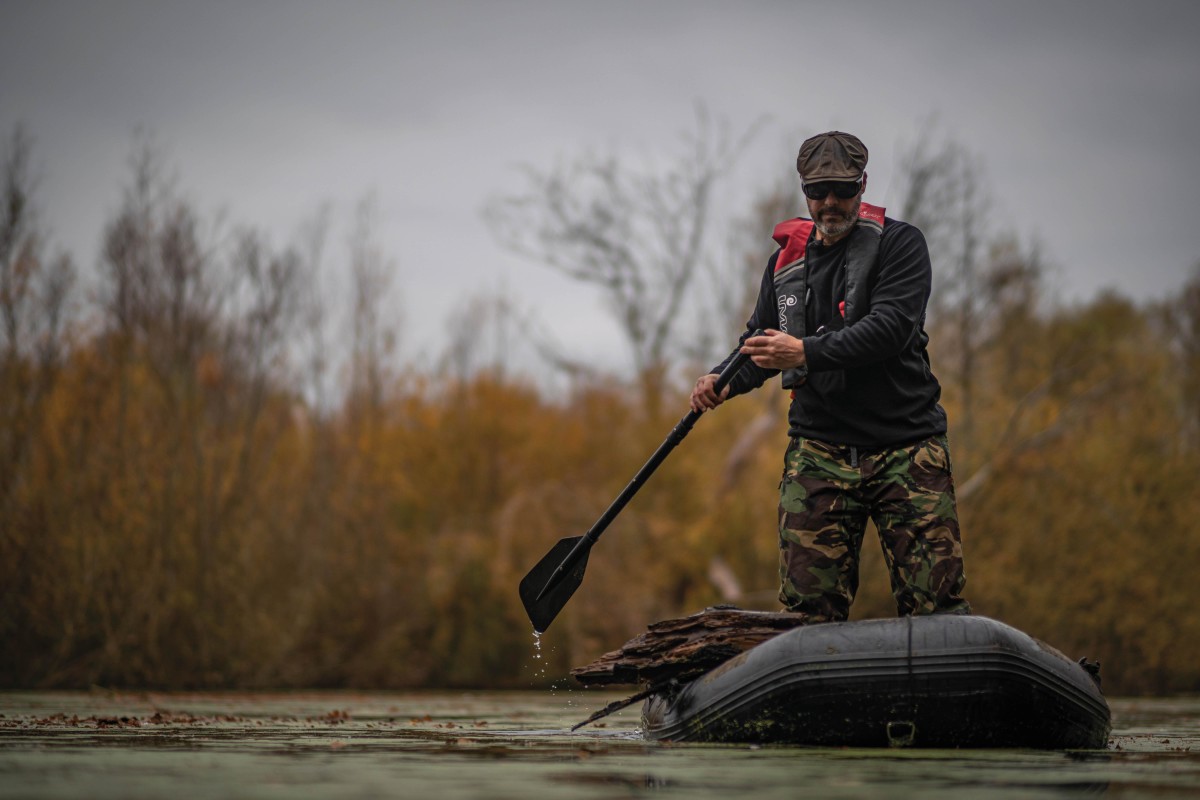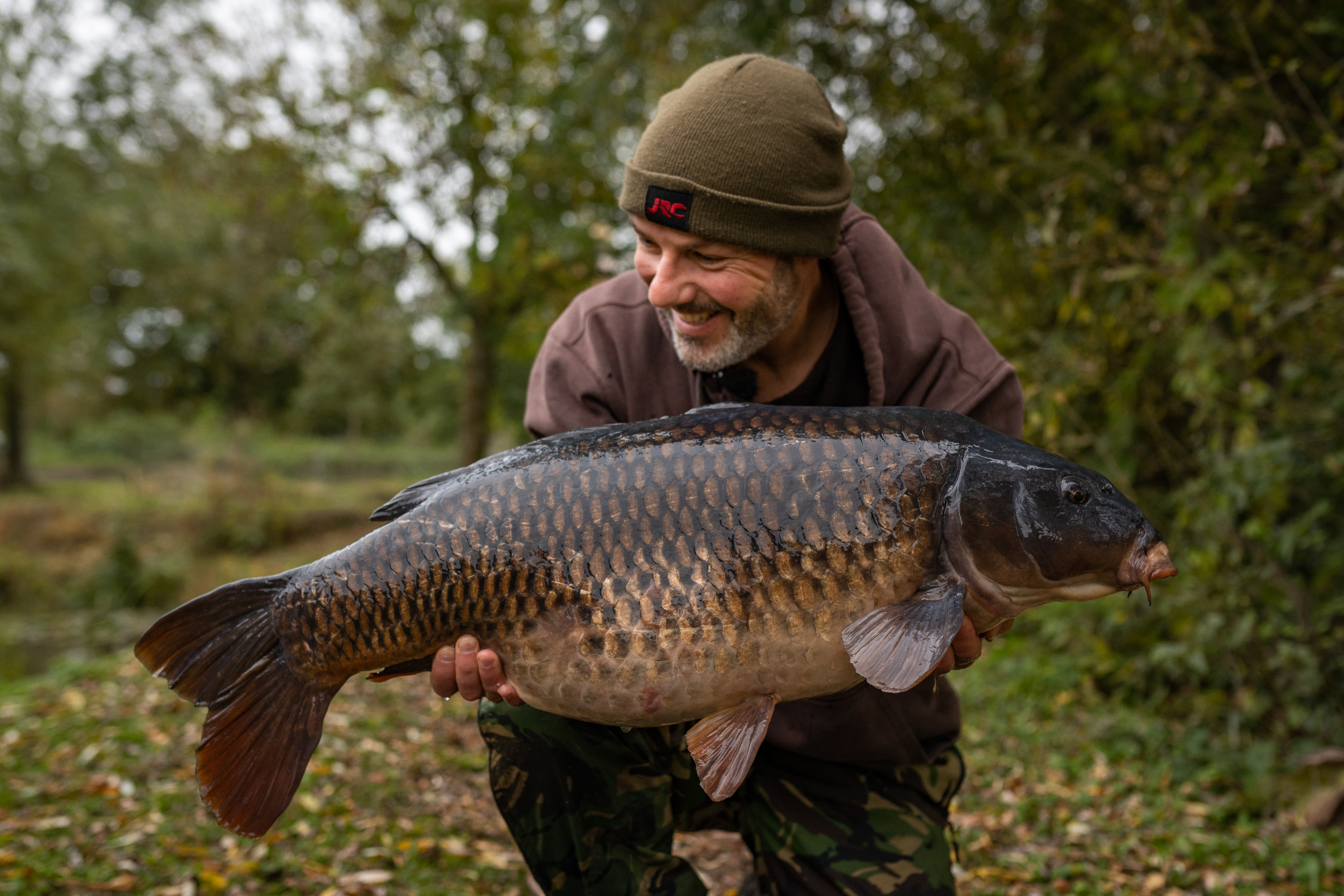
Things To Note and Notice in Each Season
Seasonal thoughts from carp fishing veteran, Adam Penning
Season 1: Spring
“New weed is often key and I’ve had some good results fishing amongst short stems of fresh new growth. This is the time when the fish will suddenly start to become much easier to find, and if it gets warm quickly then they will appear on the surface and even in the margins within the first few hours of strong sunshine. However, of more interest to you, are pointers for when they are not so obvious, so I’d be looking for areas of shallow ground, particularly where lily pads are regrowing, south-facing areas that get all the sunshine and the calm side of islands that are not affected by the wind. If you can find one of these island margins that is also soaking up the sunshine, it can be a real winner. Hatches start as early as February and the birdlife will let you know where these are taking place. You can then target these areas with Zigs (not my preference as they seem to foul hook too many) or more advisedly with standard tactics—the carp will usually be in the immediate area and will drop to the bottom at some point during every 24hr period.”
Season 2: Summer
“The carp will be active now and should be easy to find on most waters. Because they will be feeding hard, look for areas of coloured water—if there are numbers of fish in an area, the water will almost always be tinged with sediment from feeding activity. At this time of year, with the carp so active, the birdlife will always tell you when carp are around, particularly the coots. Listen for shrill alarm calls (the same sound they make when one crashes out in the middle of the night) and always check the areas you’ve heard them coming from. Remember that wherever the weed is thickest is where the carp will be—this is the only locational rule I think can be applied to every water I have ever fished. The carp will be most active in their feeding areas (as opposed to their sunbathing areas) early in the morning—the successful carp angler always gets to the lake as early as possible. The areas you see them feeding in will very often be returned to.”

Season 3: Autumn
“By now the carp will be starting to get nocturnal in their activities. You need to be very active looking and listening during the hours of darkness if you are serious about finding them. Dawn is often the worst part of the day to locate the carp, simply because they’ve been up all night and are usually chilling by then! However, turning up early can often reveal the areas they have been cavorting in during the night (as long as there is no wind) and big swathes of frothy bubbles held in the surface film can only mean one thing. Beware actual lines of big bubbles—these have been caused by fighting birds—look for patches and patterns of bubbles.
“The carp will still often be close to or right in shallow water and will be quick to take advantage of any sun traps. Remember: the water temperature is falling and the carp will be feeling the effects. You can often find them in the same places they turn up in the spring, which is the other key time that water temperature plays a major role in where they will be.”
Season 4: Winter
“This is the hardest quarter to notice pretty much anything but the signs can be there if you pay attention. One of the key weapons to finding carp in cold water is liners. If your lake has a good stock of fish (and really, this is the kind of lake you should be fishing unless you are a piscatorial masochist!) then if you are on them you should be getting some indications on your bobbins. Fish with a light hanger with a good drop on it and as high a sensitivity on the alarm as you can get away with (weather permitting). If I fished an area for 24hrs and didn’t have a single lift then I’d think hard about targeting somewhere different (assuming I hadn’t seen anything either).
“In terms of fish activity, it will often be very minimal with as little as one show in each 24hrs—if you see it, and can pinpoint it, then your whole season can be turned around. Often this activity can be in the hours of darkness so instead of watching a film, try reading in silence instead, keeping your ears open. If your lake has an area where the weed is still thick then that is a very good starting point. Never ignore the birdlife and in particular look for nervous coots. In the winter it really comes down to who wants it most—who is prepared to sit and stare for the longest—Optical Calories are never more vital than now!"



